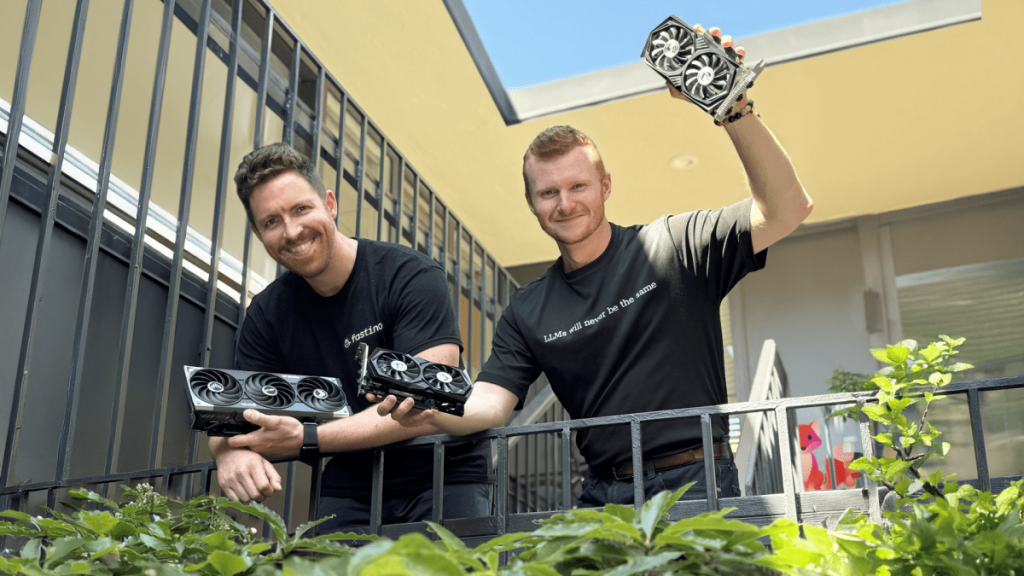Fastino, a startup based in Palo Alto, is revolutionizing the AI landscape by developing a novel model architecture that is compact and task-specific, allowing training on budget-friendly gaming GPUs rather than expensive high-end clusters. The company claims that its models, which can be trained for under $100,000, outperform larger flagship models on specific tasks.
Funding and Growth
Recently, Fastino raised $17.5 million in seed funding, with Khosla Ventures leading the round. This investment significantly boosts Fastino’s total funding to nearly $25 million, following a previous $7 million pre-seed round led by Microsoft’s VC arm M12 and Insight Partners.
Model Performance and Applications
Fastino’s CEO, Ash Lewis, emphasizes that the company’s models are not only quicker and more accurate but also much cheaper to train. They have created a suite of specialized models designed for enterprise customers, addressing needs such as data redaction and document summarization. Although specific metrics and user details remain undisclosed, Fastino reports positive initial feedback from users, citing the technology’s ability to generate comprehensive responses in milliseconds.
Market Position and Future Outlook
Fastino’s entry into the competitive enterprise AI sector comes as various companies, including Cohere and Databricks, advocate for specialized AI solutions. Established businesses like Anthropic and Mistral are also developing small model architectures tailored for enterprise applications. The industry trend appears to favor smaller, more focused language models, aligning with Fastino’s approach.
Hiring Strategy
Fastino’s strategy extends to team building, focusing on attracting researchers from leading AI labs who embrace innovative and unconventional methodologies in AI development. “We seek individuals who may think differently about how language models should be constructed,” Lewis notes, emphasizing the importance of diverse thought processes in the team’s formation.

